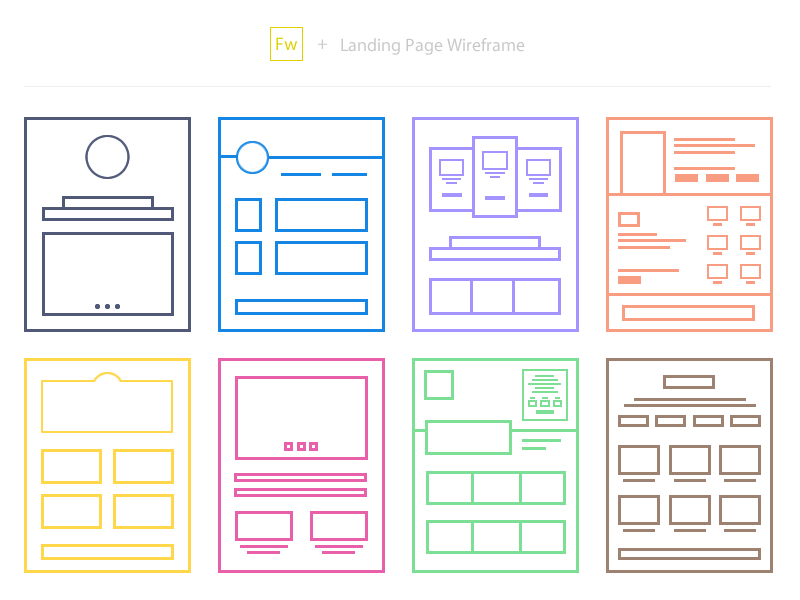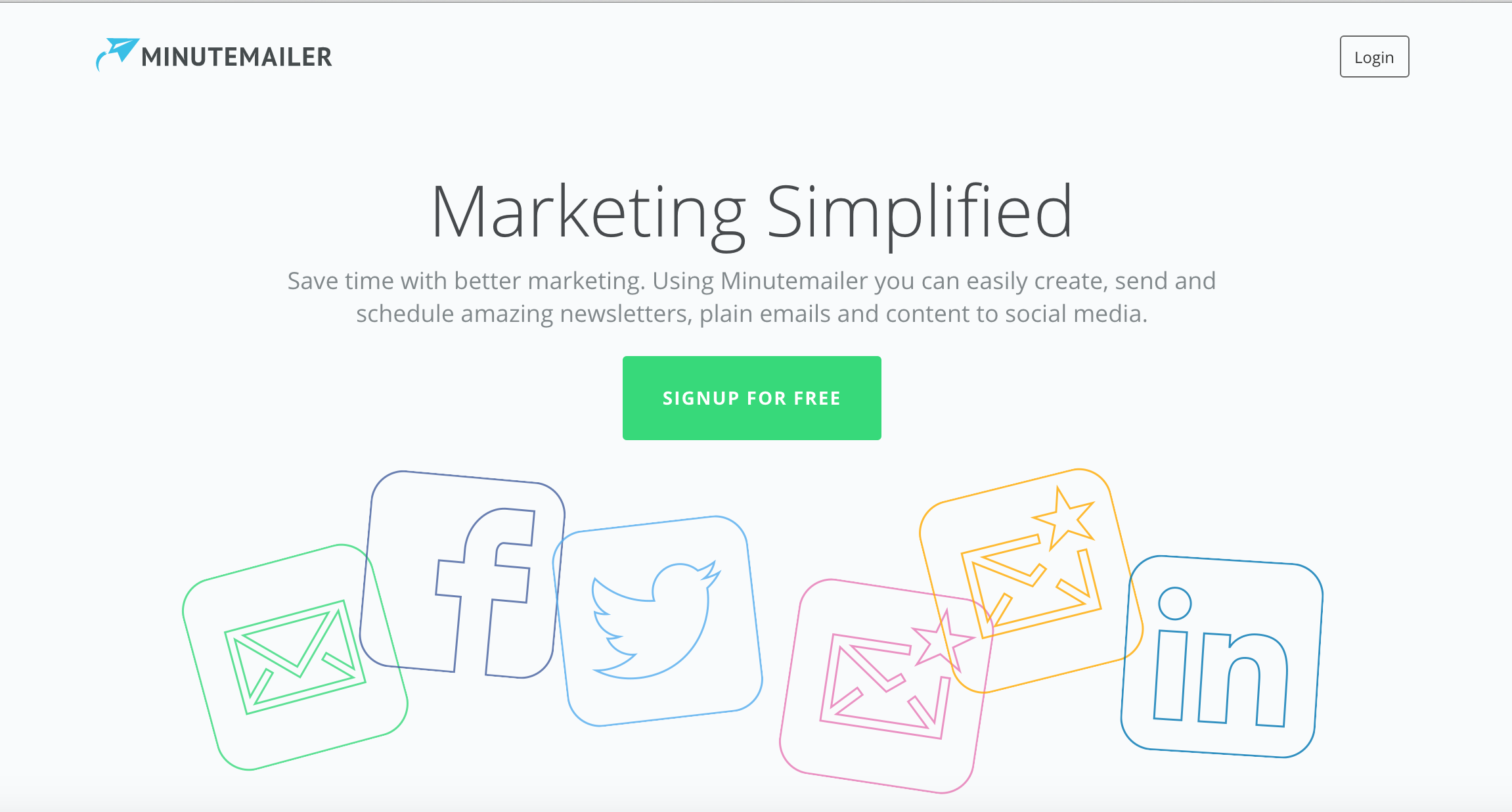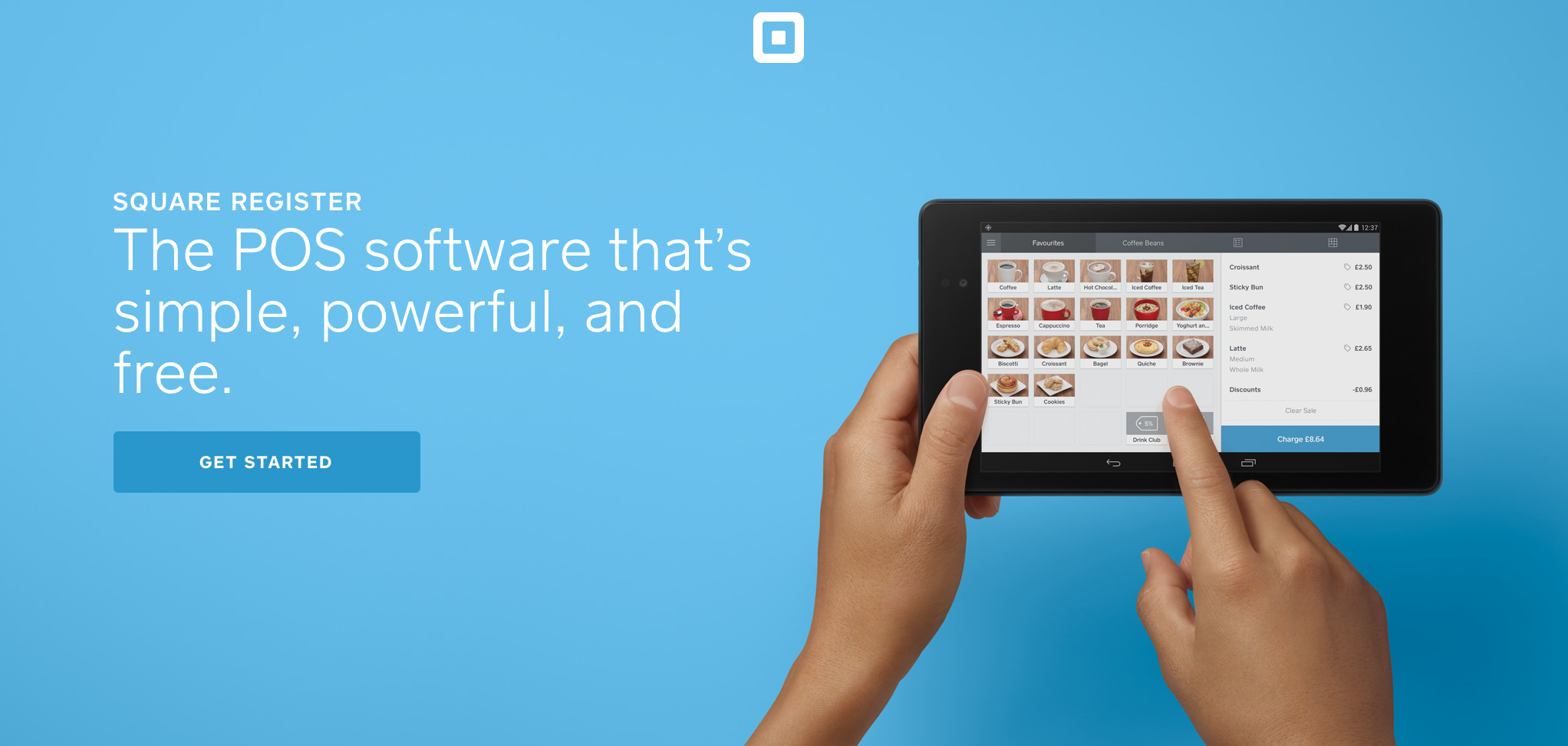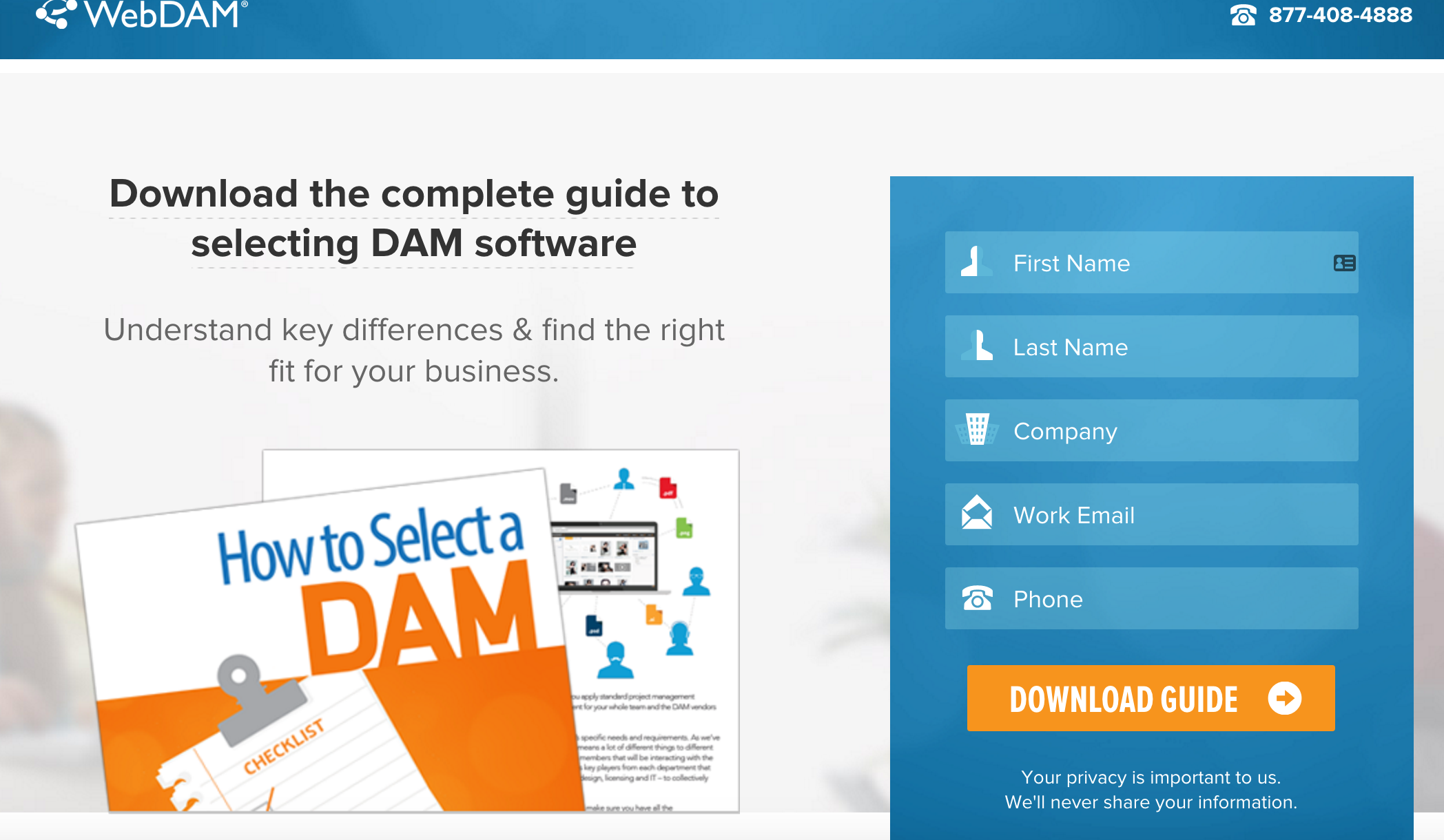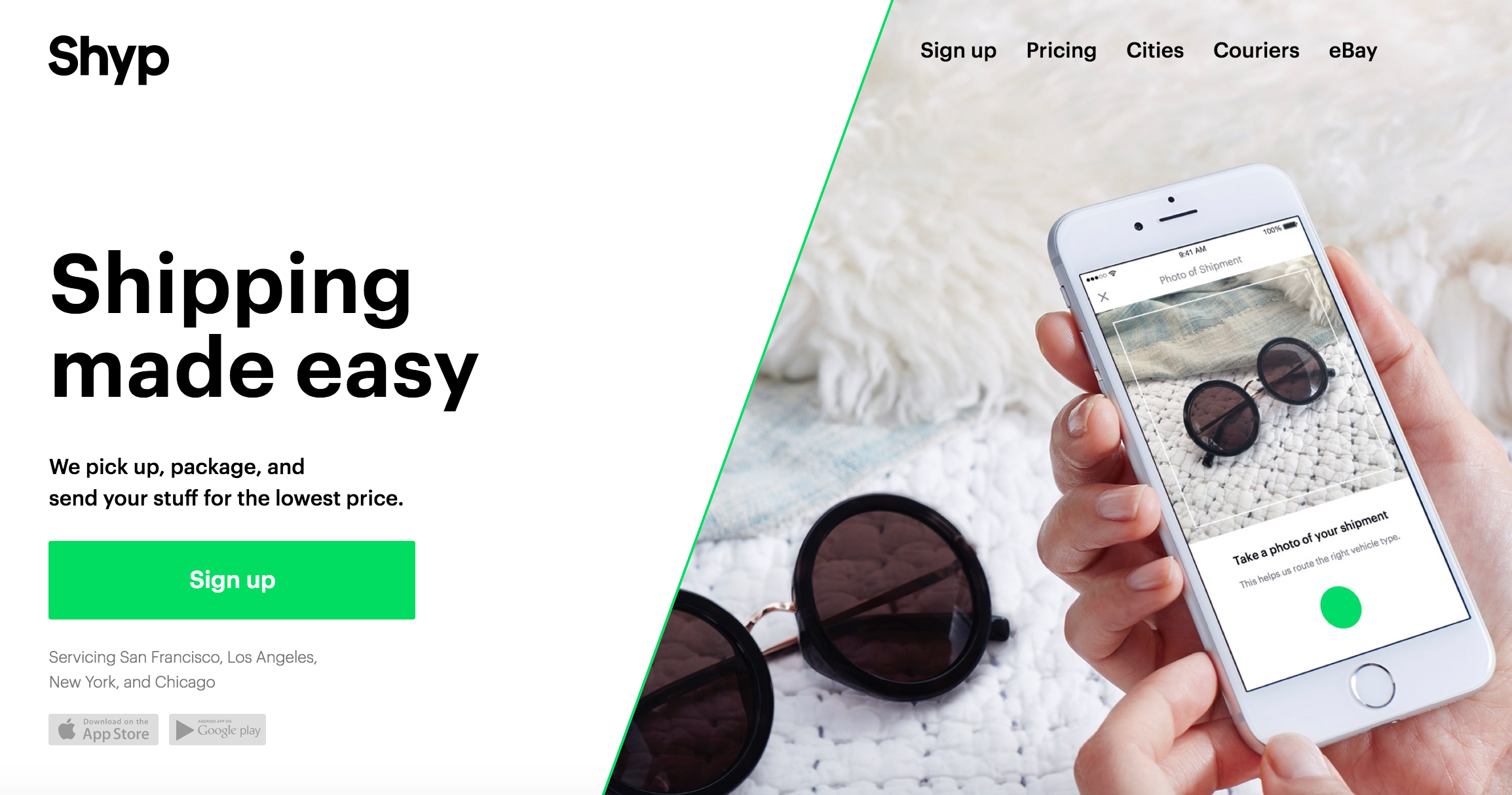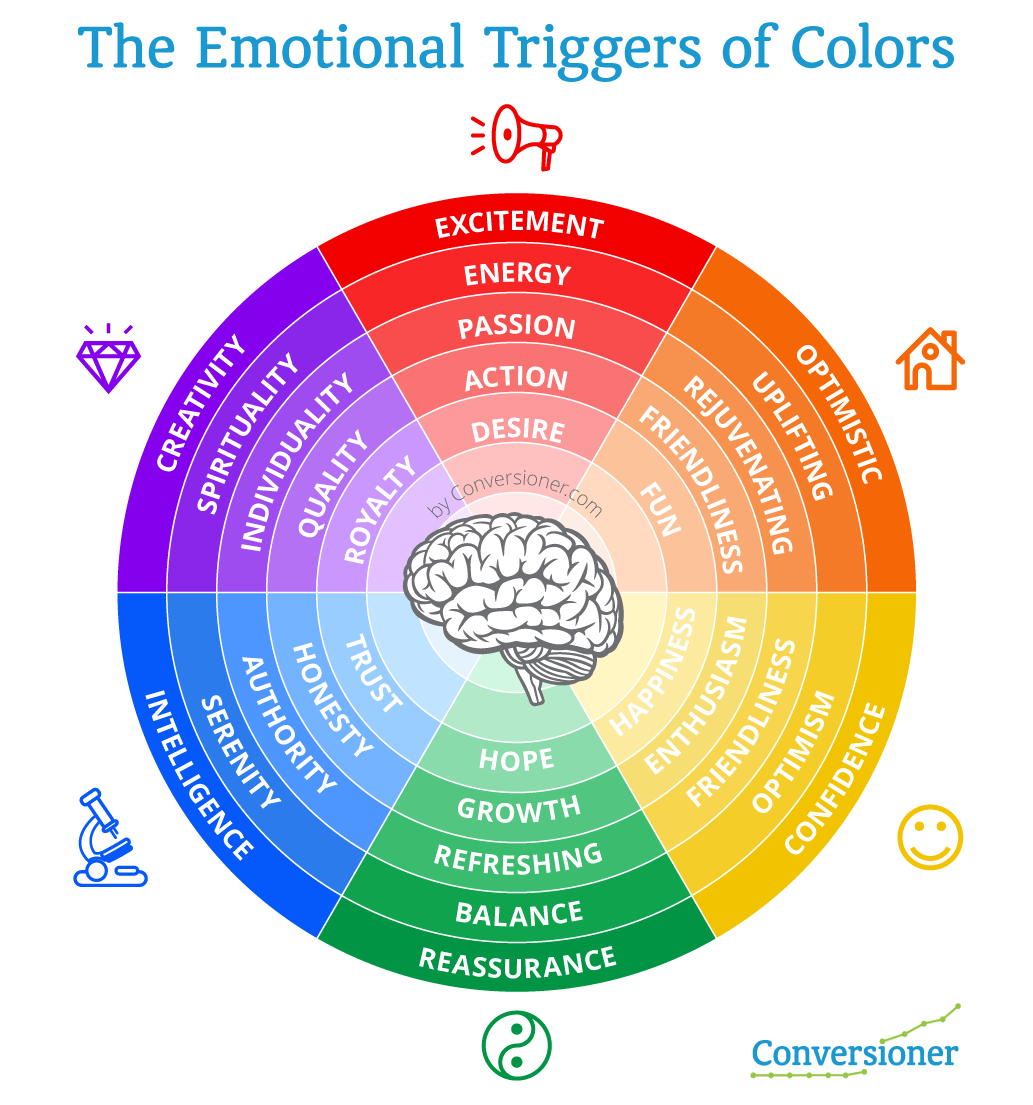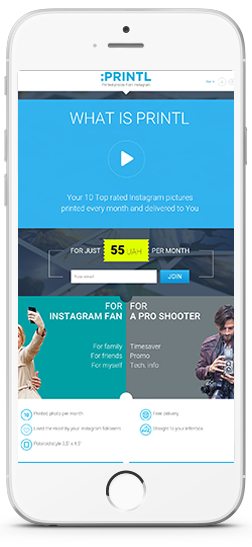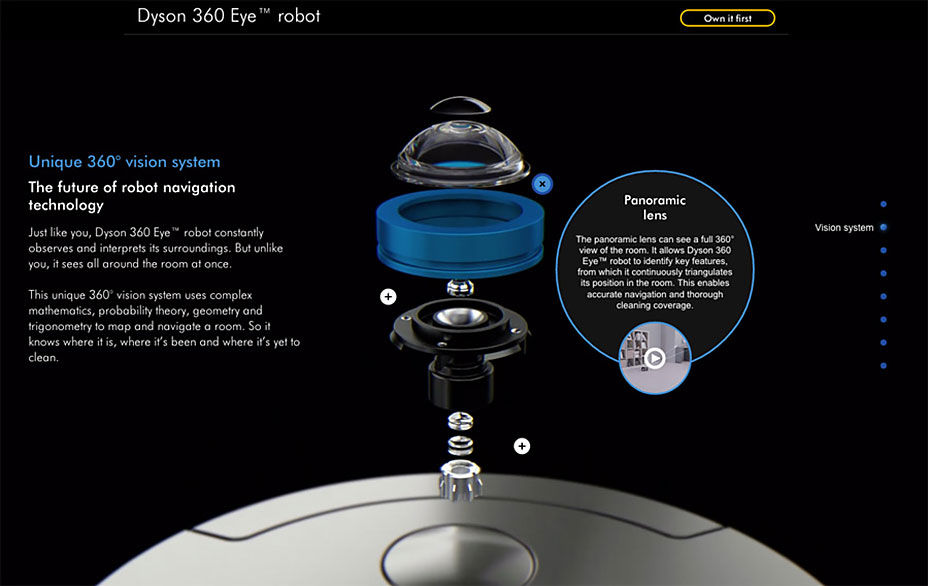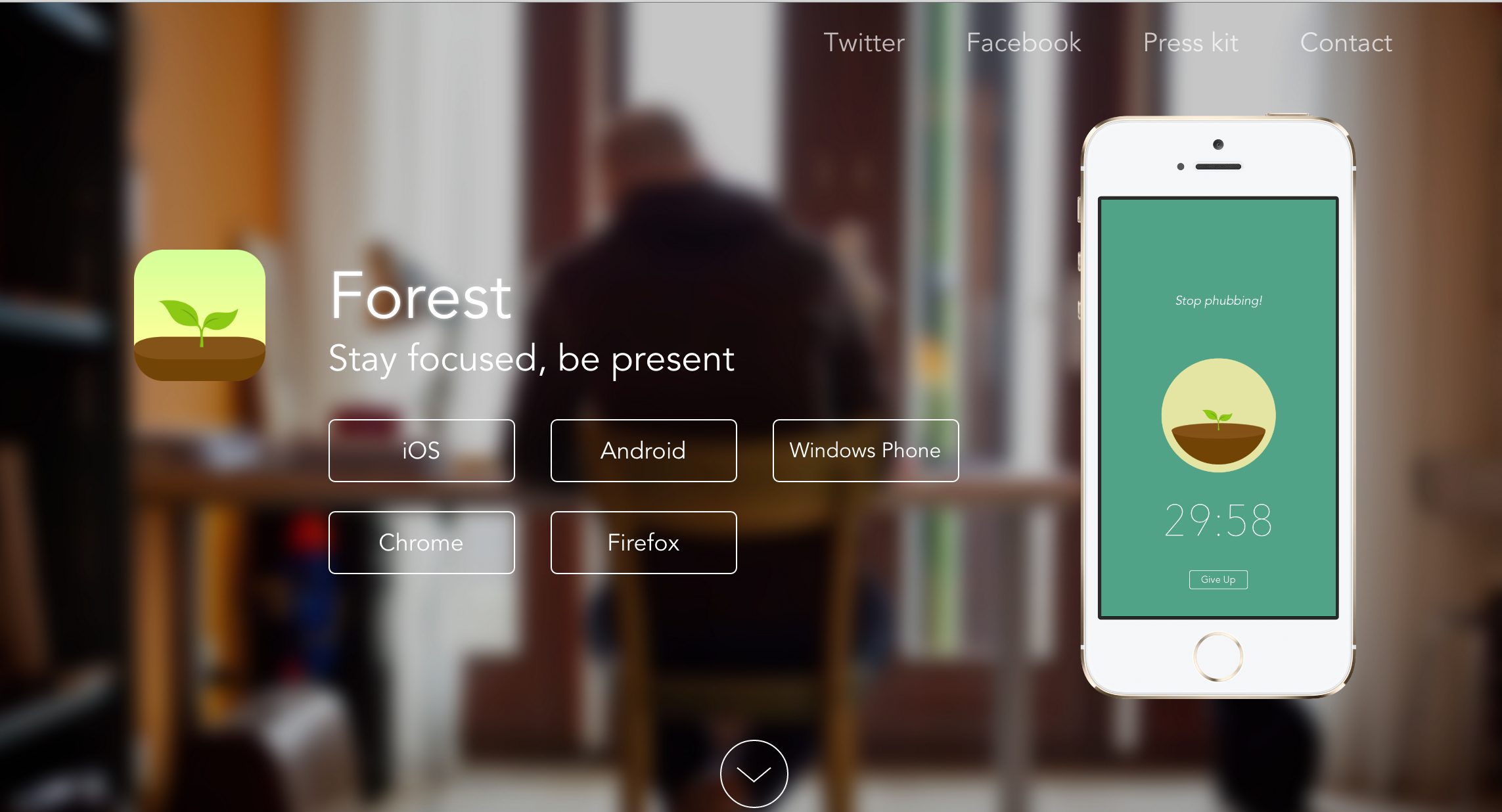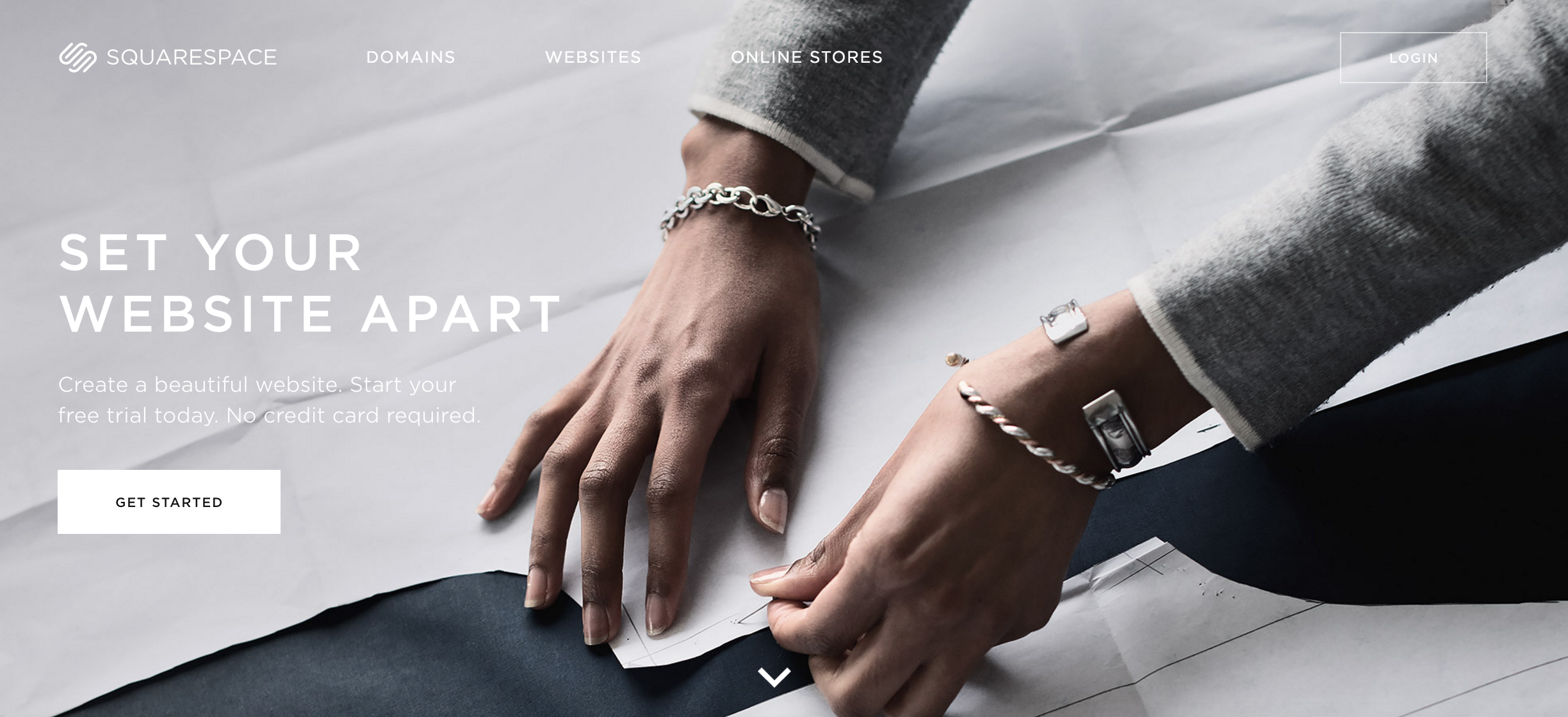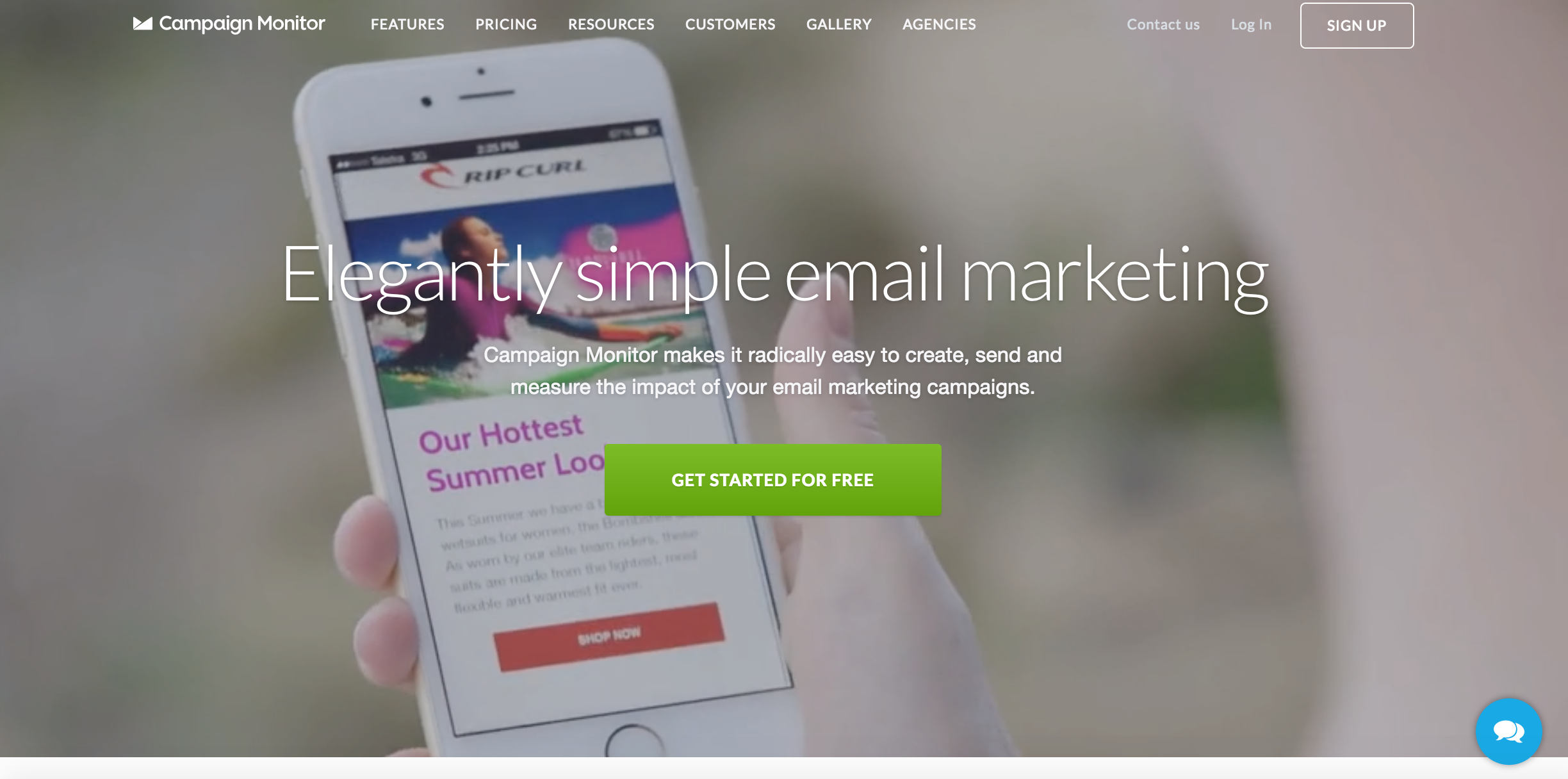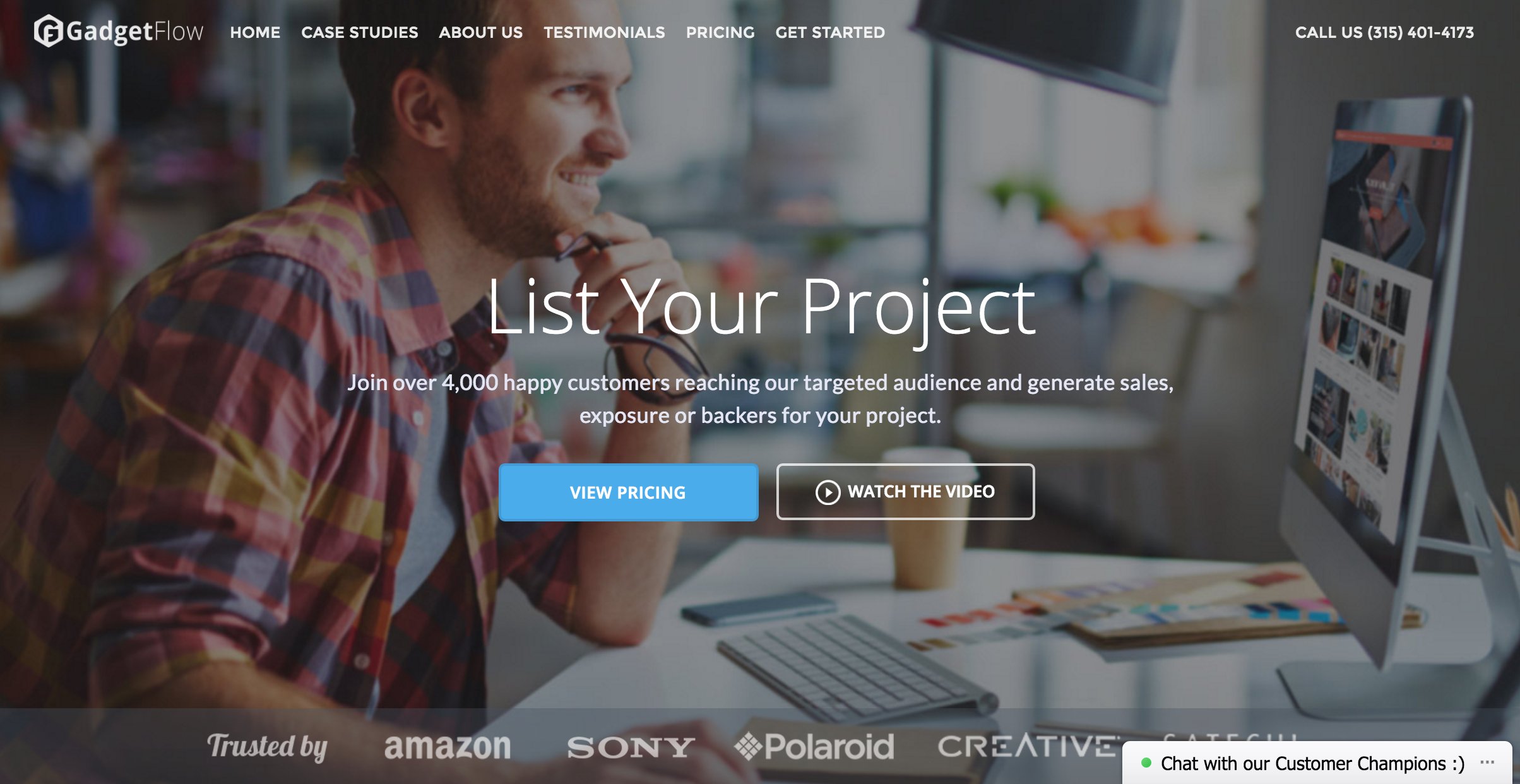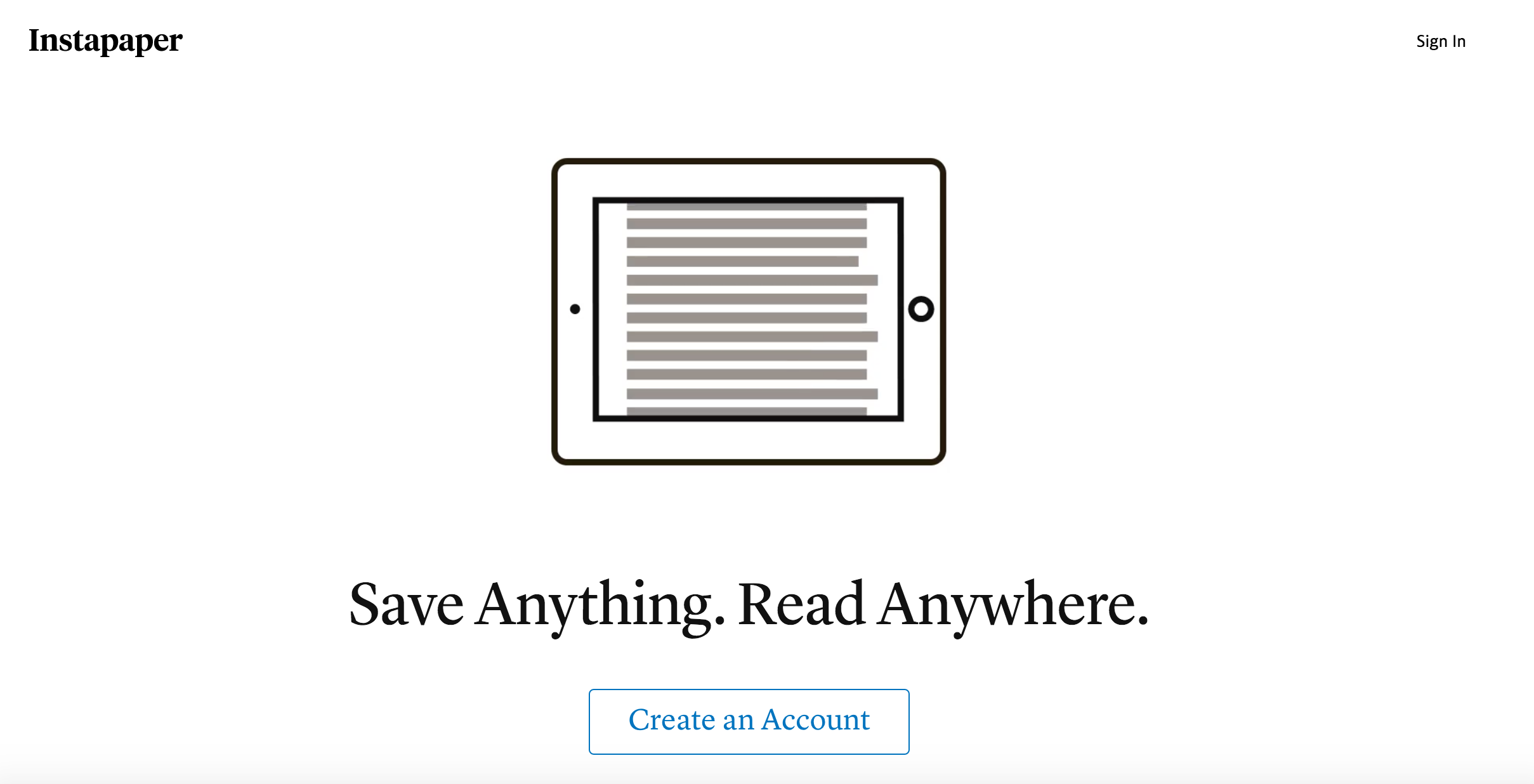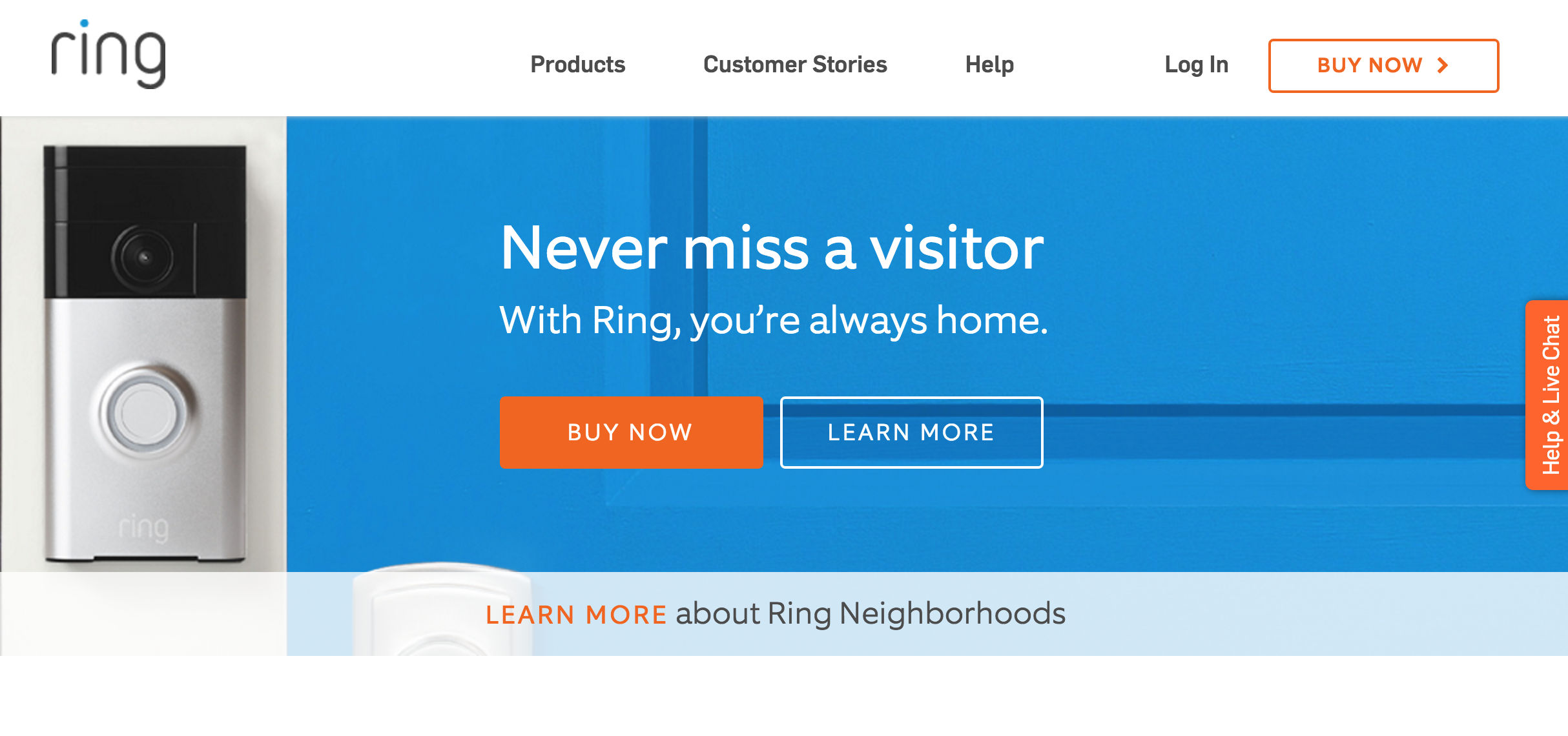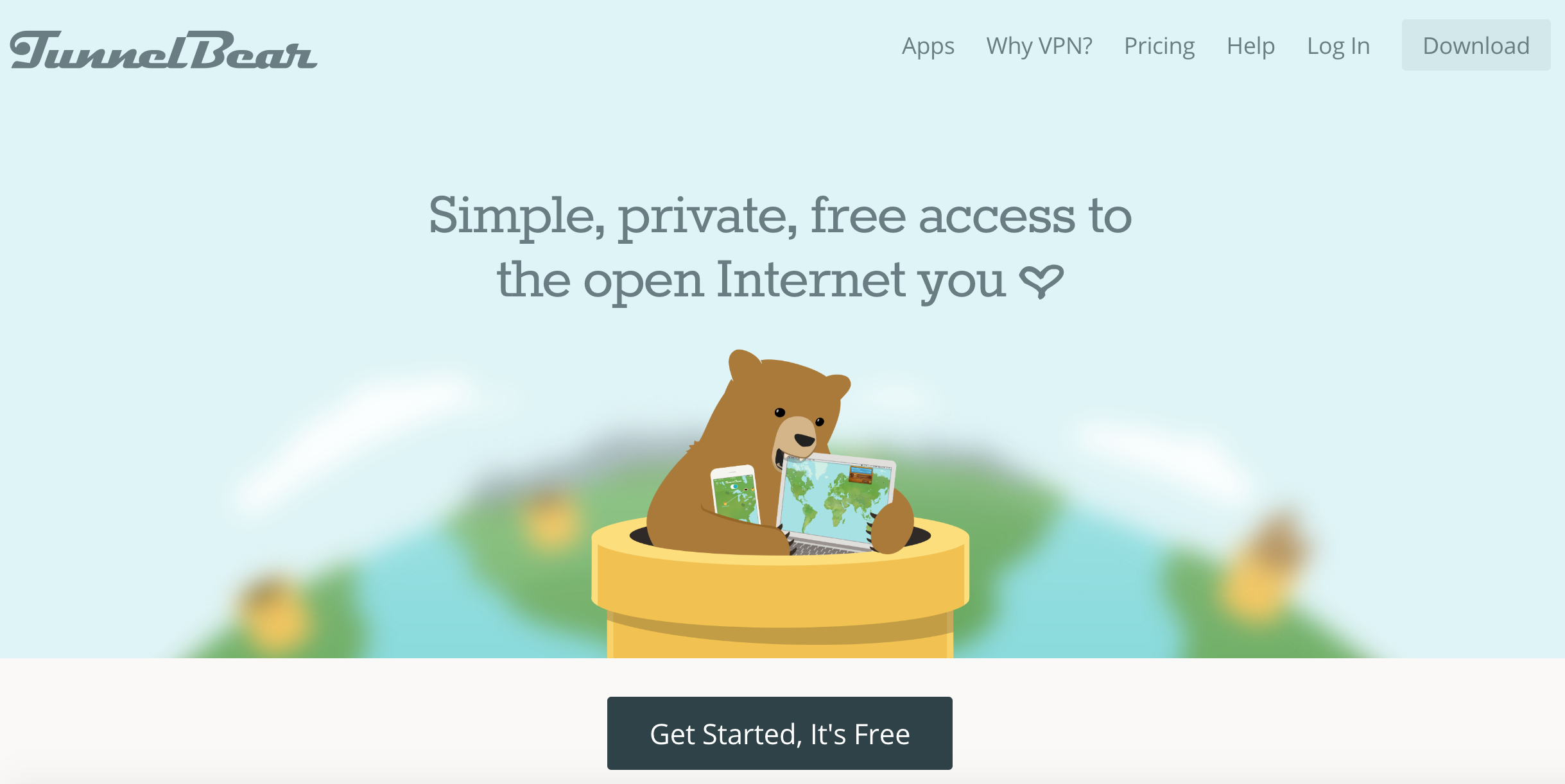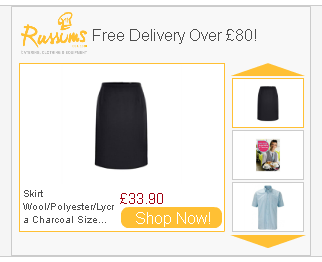
Editor’s Note: This post was originally published in February 2012 and has been updated for accuracy and comprehensiveness.
If you learned nothing in high school, you learned that you do have control over your reputation and your reputation is elastic and can be changed. This same lesson works for businesses looking to shape and reform an online reputation; the difference, however, is that you have web tools to help you make it happen. Before jumping into the different tools available, it’s important to understand some of the things that help give your business an online reputation—or the way that online readers perceive your business—in the first place:
- Social Media. What you post on social media and how you post it can immediately make or break a reputation. For example, if you’re only posting your own articles, it might seem as though you’re disinterested in learning from others or reading about your industry. If you’re rude to someone on social media or ignore a comment back, you might also be perceived as disinterested or unable to respond.
- Content. Whether or not your content is true, well thought-out, relevant, and detailed will matter when it comes to how you’re seen online. Your content shows what you know, so you have to make it count. That means researching topics, weighing in on difficult subjects, and offering real utility to others through the content you post.
- Web Design and Layout. A sloppy layout indicates a sloppy company. People want web designs that are organized and engaging, and search engines want that, too. Having the best content in the world won’t matter if users or search engine crawlers get too tripped up in your layout to find it.
- Employee Contact. Talking with one of your employees online counts as part of your online reputation. Contact information should be easy to find and clickable. Many brands have even taken to chatbots to assist and represent the brand; others have contact forms. Whichever route you choose, make it visible.
In short, it’s the sum of the basics that help shape your online reputation. Learning to evolve your brand the same way you’d expect and individual to grow is key to managing a successful and compelling reputation.
Top 10 Reputation Management Tools
Part of managing your reputation is being able to look at data and analytics and draw a conclusion about your current performance. You must have a strategy in place to manage the aforementioned factors of reputation, and then you must have some way of gathering data to make sure you can gauge that reputation at any time. Check out some of the best tools around to help make it all happen:
- Trackur. This tool will show you what people are seeing when they search for you in Google or any social network. By monitoring social media, mainstream news sources, and more, Trackur delivers social analytics that reveal the trends and insights your brand needs to succeed. It also lets you know if the people talking about you are influential in the industry or not.
Price: There are three different plans with prices ranging from $97-$400+, but each plan has a free 10 day trial.
- Naymz. The tool with give you a RepScore based on how people find your brand as well as through your social influence (measured by social sharing indicators). Peer assessments tell you how trustworthy and reputable your brand appears, and then gives you management tools to strengthen your online presence.

Price: The best part-the tool is free!
- BrandsEye. The nice thing about this tool is that multiple people in your office can have access to working with it. It offers all the basics of reputation management, but has a sophisticated algorithm that analyzes and interprets data.
Price: There is a two-week free trial available.
- Brandwatch. This is a popular tool for social media management and keyword monitoring. It centers on gathering customer feedback and public opinions, and then using the information collected to inform your decision-making process.

Price: There is a free demo available.
- Technorati. This one is good for beginners or those who want basic results. It will track your blog posts to see who’s linking back to that post, which gives you a good indication about how successful that post was with your readers. You can also subscribe to alerts for this information.
Price: The tool is completely free.
- Rankur. This is a good tool if you’re a small company, yet it still offers a lot of analytics and demographic information. It helps you see your online reviews, monitor competitors, and has a team workflow feature. Plus, it’s available in many different languages.

Price: There is a free plan option available as well as three paid plans.
- Alterian/SDL. This is one tool that offers tons of information and data. You can discover what people think of your brand in different countries, from different demographics, in different languages, etc. In other words, it gives you everything you need to know about your online reputation and tools that cover everything from campaign management to marketing analytics.
Price: No free trials and, unfortunately, expensive pricing options ($500+).
- SocialMention. The greatest thing about this tool is the fact that it can send you alerts for all of your keywords. It also analyzes when your brand is mentioned and just how important those mentions actually are.
Price: Free
- Whos Talking. Similar to SocialMention, this tool can alert you when your keywords and brand are mentioned. You can see mentions on almost all social media platforms as well as videos and images; however you can only look at one “type” of mention at a time.
Price: Free
- Google Alerts. This is probably the most basic form of reputation management, but it’s also the easiest. You simply add in the term you want to track (most likely your company name), and you will get emails telling you when and where that word was mentioned. It doesn’t do any type of analysis for you, but it gives you the facts.
Price: Free service.
In the end, the tool you choose is all about what you feel you need the most help monitoring. If you think you do a great job with content, but really need help with social media, find a tool that focuses specifically on that aspect and run with it. Regardless of which tool you choose, be mindful of your brand’s online reputation and always strive to improve it.
The post https://www.highervisibility.com/blog/top-10-seo-reputation-management-tools-online/ appeared first on https://www.highervisibility.com











 3. Think mobile. This is not optional. Mobile optimization is an absolute must, because
3. Think mobile. This is not optional. Mobile optimization is an absolute must, because 


